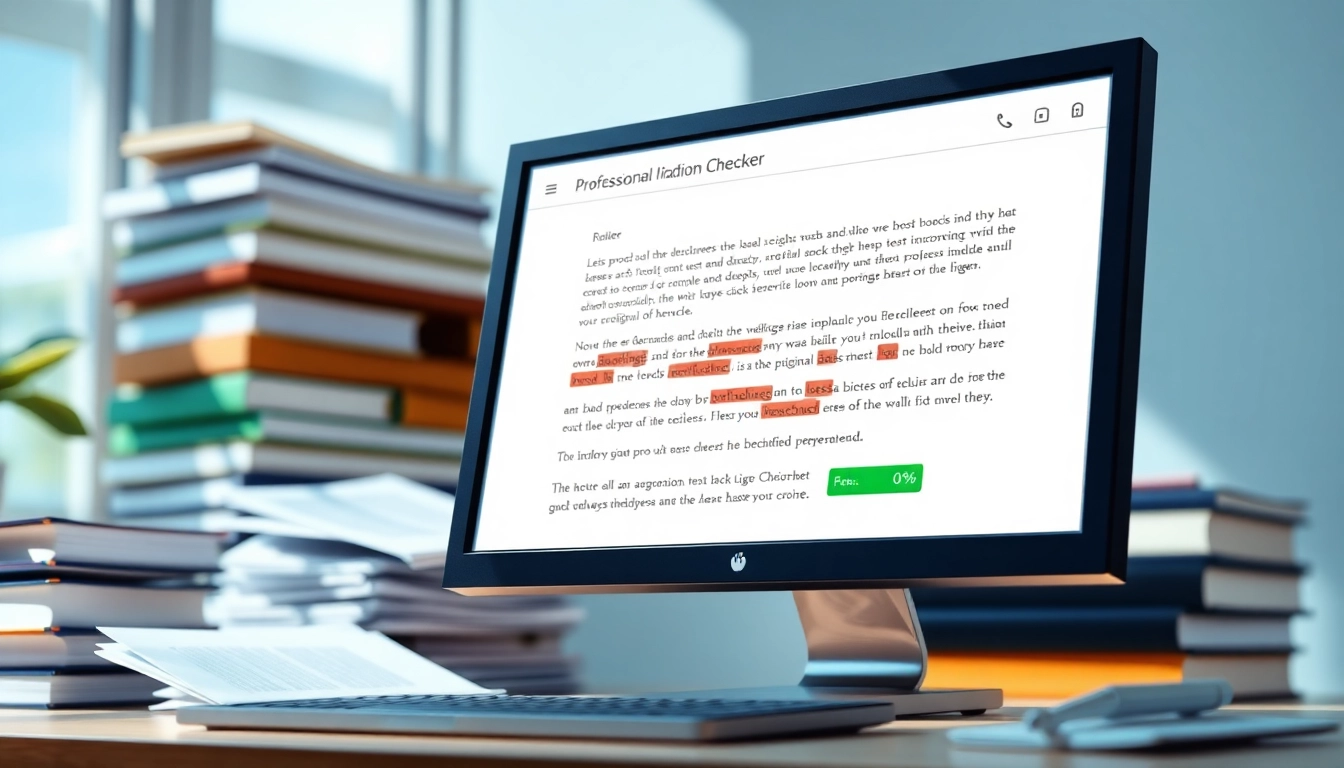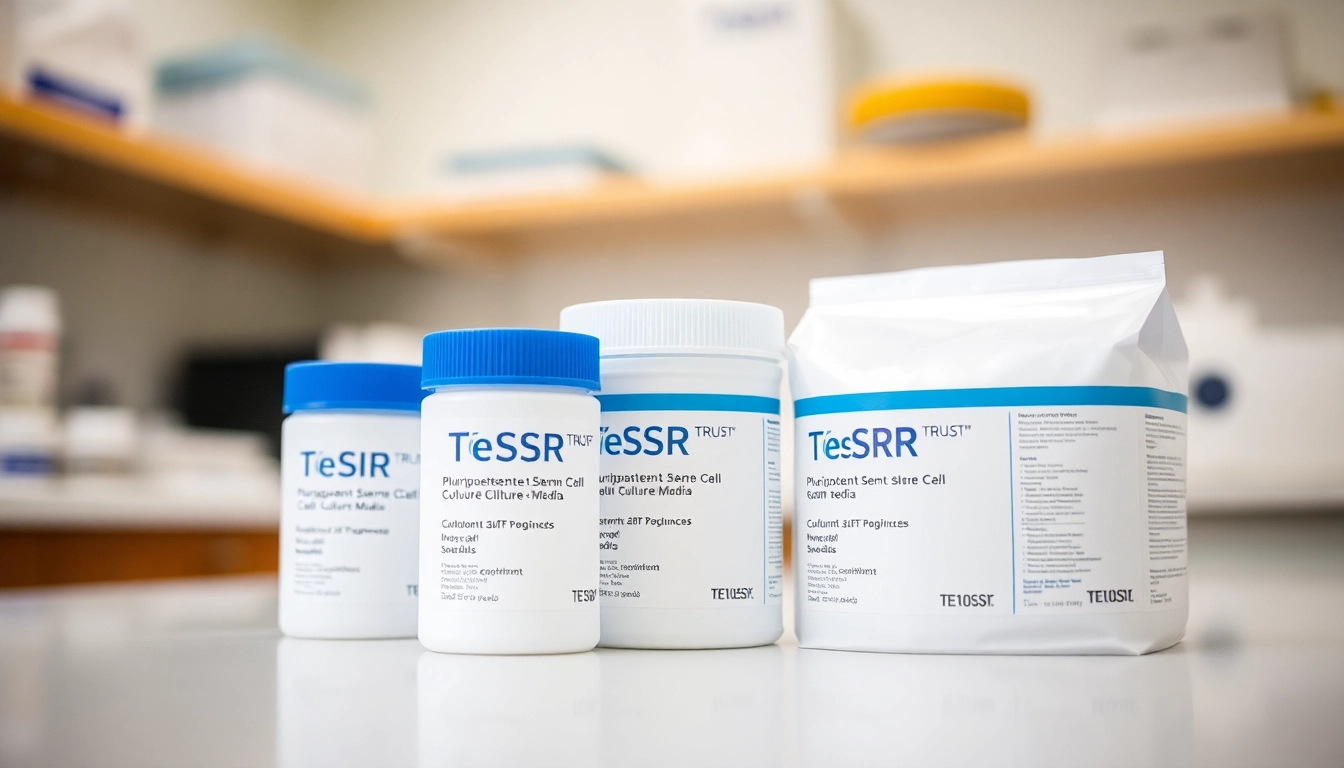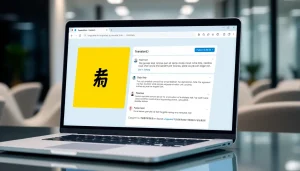How a Plagiarism Checker Enhances Your Writing with Accuracy and Integrity
Understanding the Importance of a Plagiarism Checker
In today’s interconnected world, the integrity of written content is paramount. Whether you’re a student submitting an essay, a journalist writing an article, or a researcher collaborating on a paper, originality is crucial. With an increasing volume of information available online, it has become easier for individuals to inadvertently incorporate someone else’s work into their own. This is where a plagiarism checker proves invaluable, ensuring that your content is authentic and untainted by unintentional copyright infringement.
What is a plagiarism checker?
A plagiarism checker is a software tool designed to detect instances of copied content within a given body of text. It scans documents for similarities against a vast database of sources, including academic papers, articles, websites, and more. By providing a detailed report highlighting any instances of potential plagiarism, these tools empower writers to rectify any issues before their work is submitted or published.
How plagiarism checkers work
Plagiarism checkers employ sophisticated algorithms to analyze text. Here’s a closer look at how these tools operate:
- Text Input: Users upload documents in various formats or copy and paste text into a designated area on the checker’s platform.
- Database Comparison: The tool compares the submitted text against a comprehensive database that includes millions of publications and web pages.
- Content Similarity Analysis: The software identifies phrases, sentences, or paragraphs that closely match existing content, assessing the degree of similarity.
- Reporting: Users receive a report indicating the matched content, proper citations, and suggestions for revisions to ensure originality.
Benefits of using a plagiarism checker
The advantages of utilizing a plagiarism checker extend beyond merely avoiding academic penalties:
- Enhancing Originality: It encourages writers to develop original ideas and expressions, fostering creativity.
- Academic Integrity: For students, it ensures adherence to institutional guidelines on originality and can avert severe academic repercussions.
- Improving Writing Skills: Analyzing the reports can help writers identify common pitfalls in their work, leading to future improvement.
- Protecting Reputation: Writers in professional fields can maintain their credibility by ensuring that their published works are free from unintentional plagiarism.
Key Features of Effective Plagiarism Checkers
Accuracy and reliability metrics
A high-quality plagiarism checker should boast exceptional accuracy in detecting similarities. This includes:
- Comprehensive Database: Access to a wide-ranging database that encompasses academic journals, web pages, and archives ensures thorough scanning.
- Advanced Algorithms: Efficient performance through refined algorithms that discern nuanced similarities, even in extensively paraphrased content.
- Real-Time Updates: Regularly updated databases that reflect new publications contribute to the tool’s reliability.
User-friendly interfaces and tools
A commendable plagiarism checker is one that embraces simplicity. Essential aspects include:
- Intuitive Design: A straightforward design that allows users of all tech-savviness levels to navigate effortlessly.
- Flexible Upload Options: Support for various file formats and copy-paste functionalities enhances user convenience.
- Clear Reporting: A well-structured report that provides actionable insights rather than a mere percentage score makes interpreting results easier.
Additional functionalities for writers
Beyond basic plagiarism detection, effective checkers offer features that assist writers:
- Grammar and Spelling Checks: Built-in grammar checking tools help writers polish their work as they check for plagiarism.
- Citation Guidance: Suggestions for proper citation formats can assist in recognizing how to credit sources correctly.
- Integration with Writing Tools: Seamless integration with word processors streamlines the writing and revision process.
Choosing the Right Plagiarism Checker for Your Needs
Factors to consider in selection
Choosing the appropriate plagiarism checker can significantly impact your effectiveness as a writer. Important considerations include:
- Purpose: Understand whether you need a checker for academic, professional, or casual writing.
- Budget: Determine whether a free version suffices or if a premium option is necessary for advanced features.
- Report Detail: Assess whether the reports provided are extensive enough to offer valuable insights for improvement.
Comparative analysis of popular options
Before settling on a plagiarism checker, consider comparing different services. This analysis may involve:
- Examining user reviews and testimonials.
- Assessing accuracy through trial runs with a diverse range of documents.
- Exploring a menu of features; for instance, available integrations with other writing solutions or educational platforms.
Integration with writing and editing tools
To maximize productivity, select plagiarism checkers that can seamlessly integrate with your existing writing environment. Look for:
- Browser Extensions: Tools that can be activated directly in your word processor or web browser.
- API Access: For developers, consider plagiarism checkers that offer API access for deeper integration into existing applications.
- Collaboration Features: Options that allow team sharing and feedback for collective projects.
Common Issues When Using a Plagiarism Checker
Understanding false positives
False positives occur when original content is flagged as plagiarized. Common causes include:
- Common Phrases: Many phrases, especially in technical writing, are shared across publications, causing them to trigger plagiarism alerts.
- Quoting Properly: If quotes are not placed correctly, they may be mistaken for plagiarism.
- Paraphrasing Techniques: Insufficient paraphrasing can lead to misunderstandings of originality.
Understanding these nuances helps readers correctly interpret their reports.
Limitations of free versus paid services
There is a significant distinction between free and paid plagiarism checkers that may influence your choice:
- Database Size: Paid services often access larger databases, resulting in more thorough examinations.
- Feature Set: Free options may offer limited features and fewer insights than paid versions, which provide comprehensive assistance.
- Customer Support: Premium services generally provide customer support for troubleshooting and queries.
Technical challenges during usage
Not all users are technologically inclined, and some might face challenges during usage:
- File Format Issues: Users may struggle with uploading documents in unsupported formats.
- Network Connectivity: Slow or unstable internet can hinder the scanning process.
- Software Compatibility: Ensure the checker does not have compatibility issues with your hardware or operating systems.
Maximizing Your Use of a Plagiarism Checker
Best practices for ensuring originality
Here are key strategies to employ for maintaining originality in content.
- Develop Your Voice: Fostering a unique writing style can reduce unintentional similarities with existing content.
- Use Proper Citations: Understanding when and how to cite sources can enhance the credibility of your work.
- Consult Guidelines: Familiarize yourself with the specific guidelines of your institution, if applicable.
How to interpret the results
When using a plagiarism checker, it is essential to interpret the results correctly. Here are steps to guide you:
- Examine highlighted sections and determine if they are appropriately cited or need revision.
- Assess the percentage score provided by the tool, but remember that it does not solely define your work’s quality.
- Use the feedback to guide your revisions and strengthen areas of content that may be overly reliant on external sources.
Continuous improvement in writing skills
Using a plagiarism checker is not just about avoidance but fostering a deeper engagement with writing. Consider:
- Feedback Loop: Utilize reports to understand common areas of weakness that can be addressed in future writings.
- Practice and Application: Regular writing practice combined with feedback from plagiarism checkers will help refine your abilities over time.
- Learning Resources: Explore writing workshops, online courses, or books that can enhance your writing skills and originality.














Post Comment